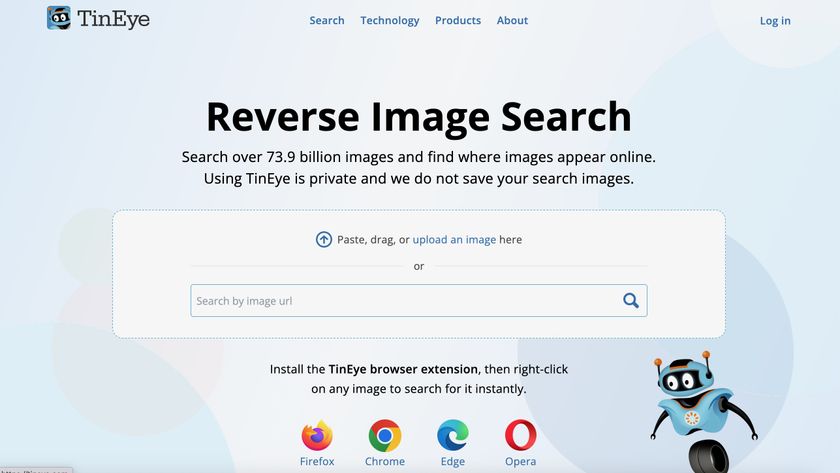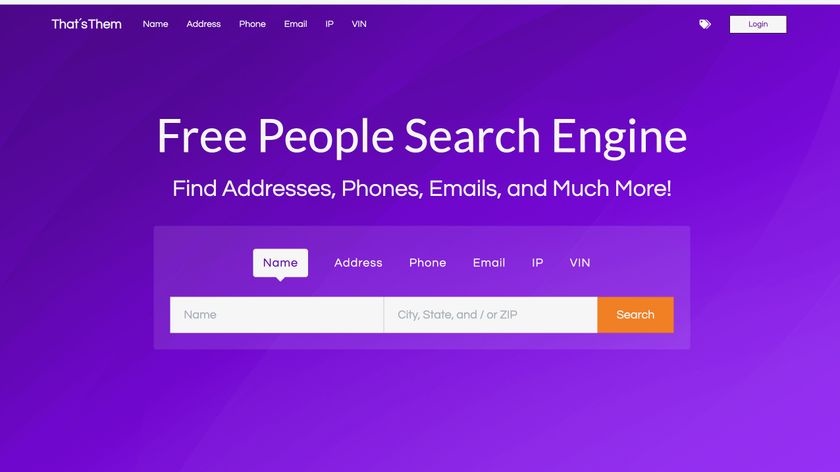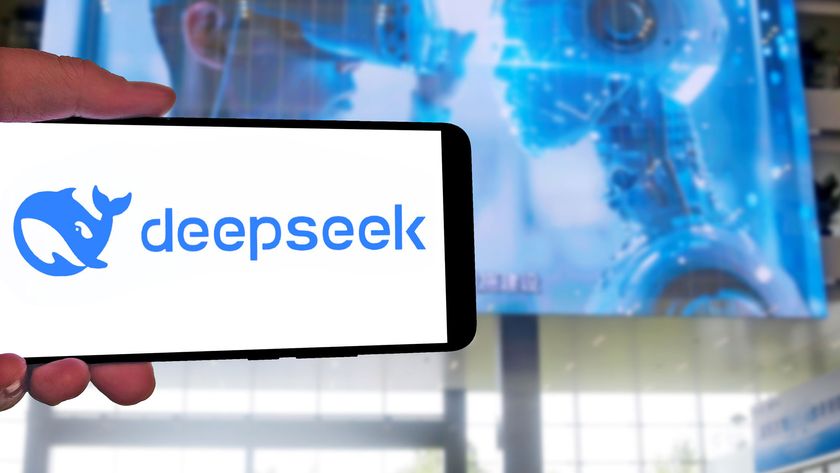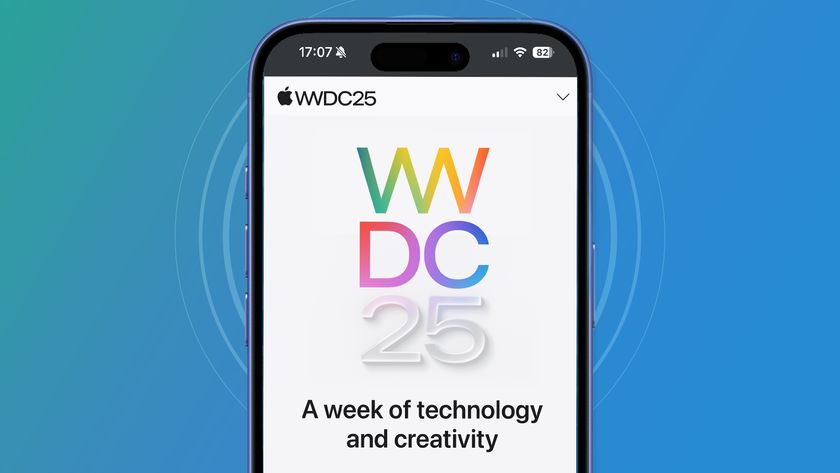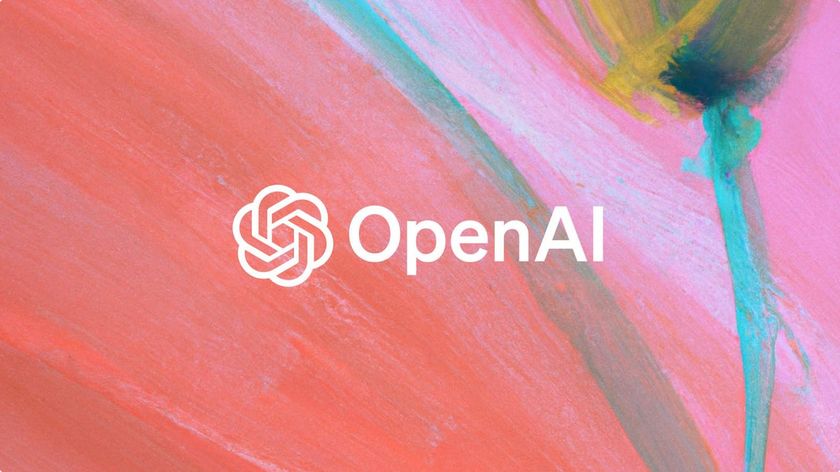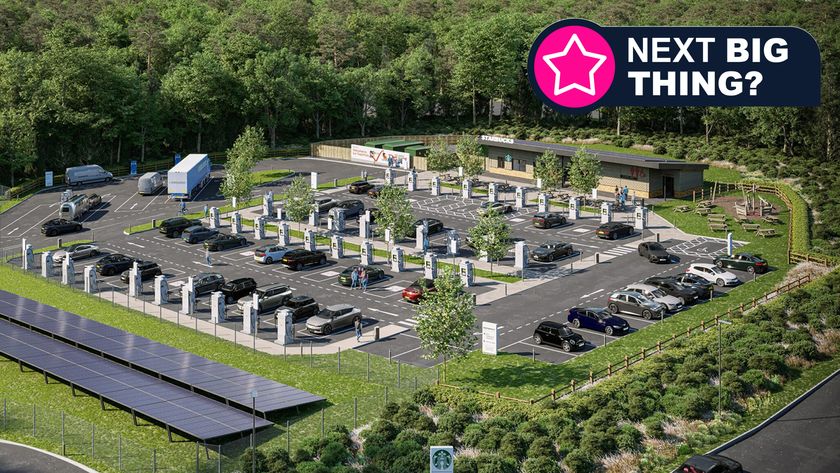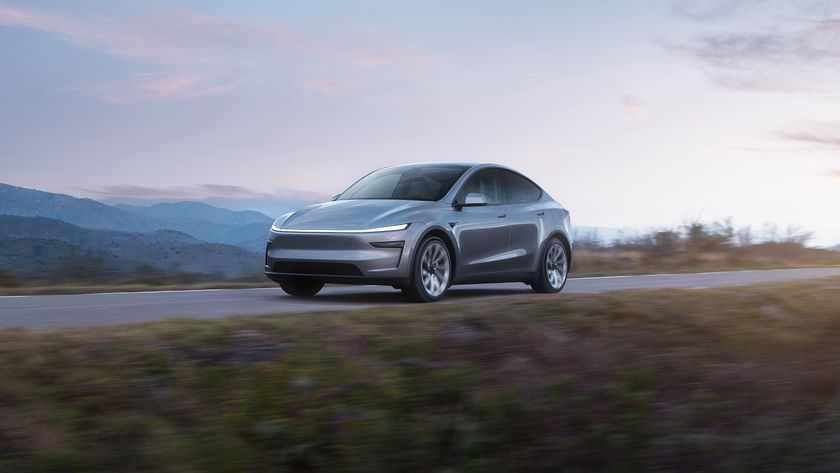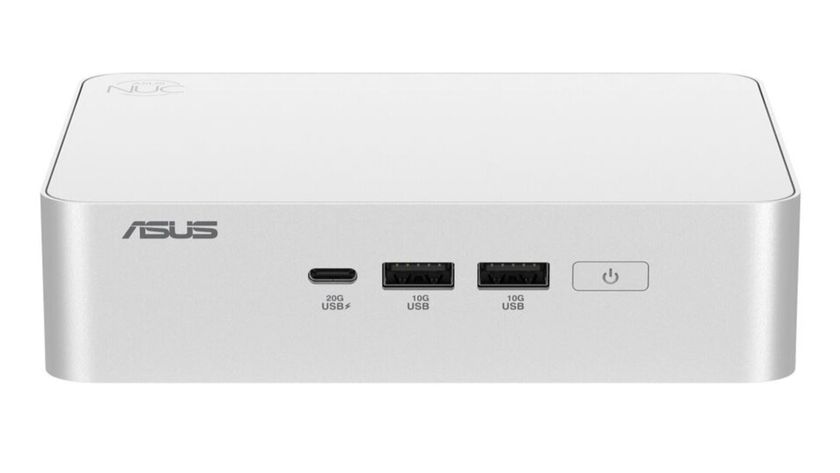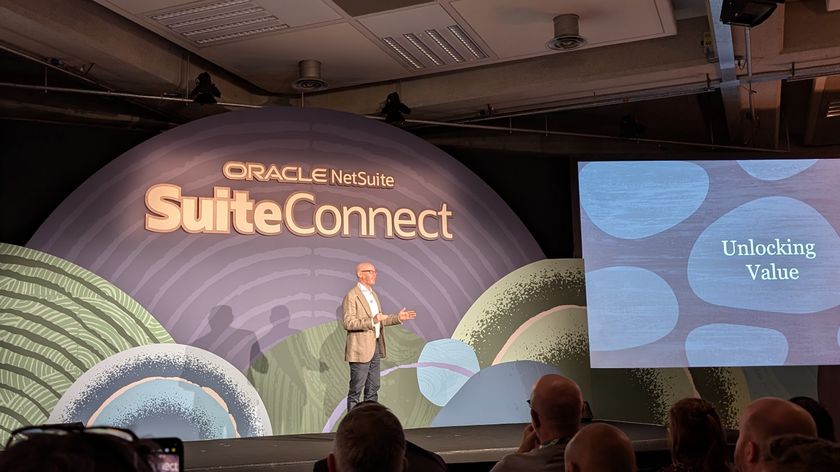IPv4 - this time it’s really over
Only a million IPv4 addresses left
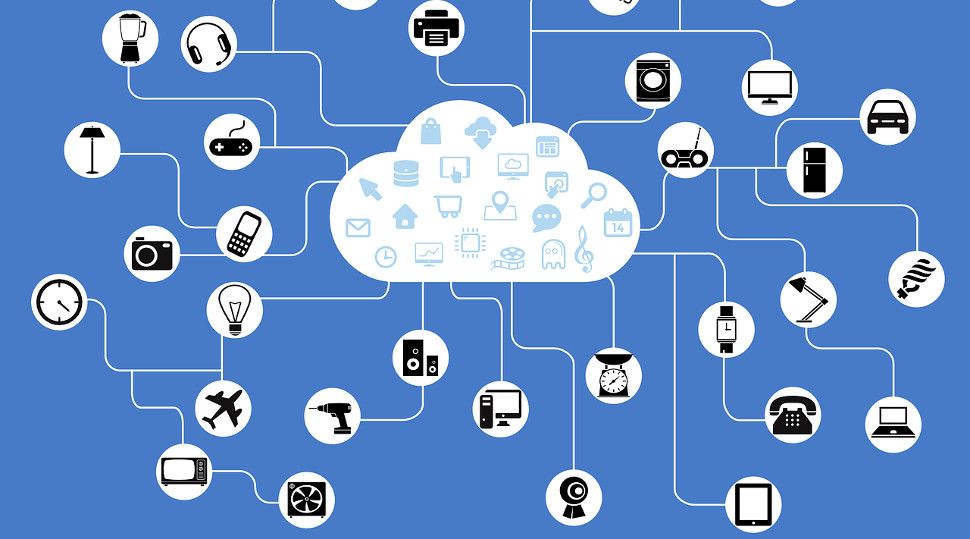
IPv4 addresses are set to finally run out in about a month’s time, leaving IPv6 deployment as the only viable solution for Internet growth over the long term. In October, the RIPE NCC – as the organisation responsible for allocating IP addresses to ISPs in 76 countries across Europe, the Middle East and parts of Central Asia – announced that it had only one million IPv4 addresses left.
Any addresses that are recovered after this point will be allocated via a waiting list. But this will likely only be a few hundred thousand addresses per year – a far cry from the many millions that networks require today. In practical terms, this means increased pressure on network tools that will be forced to rely on complex and expensive workarounds to serve users in a world with fewer available addresses. The coming run-out means that it’s now time for companies to take stock of their IP resources and make sure their IPv6 deployment plans are making progress.
Nikolas manages the Registration Services (RS) team at the RIPE NCC.
A limited future for IPv4
A state of IPv4 exhaustion has existed since 2012, when the RIPE NCC reached its final allocation from the Internet Assigned Numbers Authority (IANA). This run-out has long been anticipated and planned for by the technical community. So while the Internet won’t suddenly break, IPv4 scarcity nevertheless remains a serious concern for many network operators.
A third of 4,000 operators surveyed recently ranked IPv4 run-out as among the top-three challenges facing their organisation, along with internet security and cloud services provision. Over half of networks (54%) stated that they will need more IPv4 addresses within the next 2-3 years. As it becomes increasingly harder to acquire blocks of IPv4, networks will find it harder to scale their Internet infrastructure for future growth. Creative approaches will be needed to find public address space to number networks with, but these are complicated, expensive and time consuming.
One of the more common workarounds is Carrier Grade Network Address Translation (CGNAT), which has been used to prolong the life of IPv4 addresses by enabling a single IP address to be shared across several thousand devices. The problem is that CGNAT cannot scale indefinitely. Each time a NAT is layered, it adds complexity and increases the chances of issues in the network and when a CGNAT fails, thousands of users can be impacted.
Another widely-used workaround is IPv4 address trading – the buying and selling of addresses that are no longer needed. However, this is a very unpredictable market and the prices of IPv4 addresses are subject to the usual market forces of supply and demand. As IPv4 becomes more challenging to manage, sticking with the status quo becomes more complex and expensive.
The time is now
With exhaustion of the RIPE NCC’s remaining pool just around the corner, the need for networks to adopt IPv6 is clearer than ever. But moving to IPv6 has proven to be a hard sell. Network operators are used to working with IPv4 and many may be adopting a ‘wait and see’ approach. This is especially the case for networks that feel they have enough IPv4 addresses to last them for the immediate future.
Are you a pro? Subscribe to our newsletter
Sign up to the TechRadar Pro newsletter to get all the top news, opinion, features and guidance your business needs to succeed!
While it might seem easier to stick with IPv4, it will get progressively harder to do so. IPv4 resources have almost been stretched to the limit as Internet companies connected an estimated 4.5 billion users and several billion more mobile devices using only 4.2 billion IPv4 addresses. In stark contrast to this, IPv6 has 340 trillion, trillion, trillion addresses available to use. This opens huge new possibilities for network configurations, efficiency and innovation, not to mention reducing dependence on the increasingly expensive and challenging IPv4 market.
But IPv6 has not been as widely adopted as hoped, even though the pace of deployments has accelerated. India and the USA have passed the 50% mark, while Germany, France and the UK have achieved 40%, 35% and 31% respectively. It is interesting that advanced economies such as Norway, Sweden and Denmark have adoption rates lower than 15%, while emerging economies such as Vietnam, Brazil, Thailand and Mexico have much higher adoption figures – 38%, 30% 29% and 28% respectively.
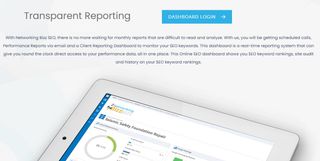
Mobile growth
This growth has been driven mostly by content providers and the mobile phone sector. The T-Mobile network in the U.S. runs a staggering 91% of its Internet traffic over IPv6. As far as content providers are concerned, Facebook uses IPv6 only internally and tunnels IPv4 for end connectivity. Google, LinkedIn and Netflix can all be reached over IPv6. All iPhone apps in Apple’s App Store are required to be compatible with IPv6. But only roughly 25-30% of the world’s top 1000 websites can be reached over IPv6.
IPv4 exhaustion should give IPv6 adoption a boost, but there is still some way to go. In any case, not making the move is risky and short-sighted for networks. And there are benefits to deploying IPv6 today – a network that enables IPv6 connectivity to end users will quickly see a sizeable chunk of their traffic moving over it, thanks to the big content providers enabling IPv6. Embracing the innovation, efficiency and flexibility of IPv6, is now the best way to enable the Internet growth needed as the next billion and the next generation technologies come online.
Nikolas manages the Registration Services (RS) team at the RIPE NCC.
- Keep safe online, check out the best in antivirus software here.
Nikolas manages the Registration Services (RS) team at the RIPE NCC. He has over seven years of experience.
